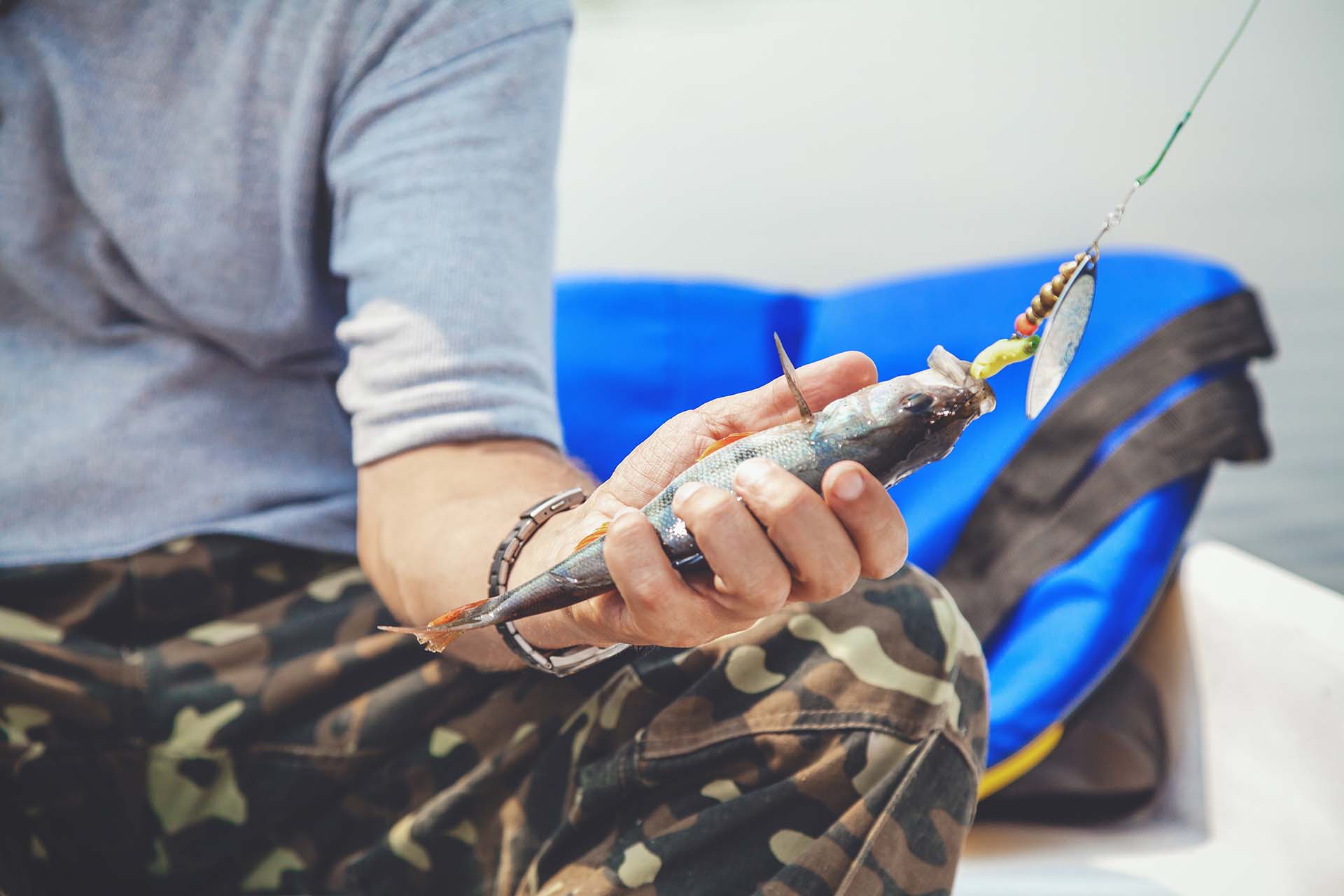The gray skies might dampen your fishing spirits, making you wonder – do fish bite in the rain? Does the weather make the catch more challenging, or do fish bite better in the rain? Well, grab your raincoat and tackle box. We’re about to dive into this and explore how this could be a golden ticket for those willing to stick around. After all, when it rains, it pours.
Detecting That Familiar Tug – Do Fish Bite in the Rain?
Yes, fish still bite when it’s raining, and there’s often a surge in activity. However, this doesn’t have to be caused by the rain, but by a wide range of natural factors. All in all, don’t let a bit of precipitation stop you from going out there on the water. It’s worth it.
Do Fish Bite More in the Rain? The Key Is to Understand the Behavior and Preferences of Your Target Species
With the fall fishing season in full swing, there’s a good chance you’ll find yourself on a pier, rain pouring down, pondering the age-old question – do fish still bite in the rain? It’s a scenario many anglers face. Often leaving them to wonder if their plans are washed out or if there’s an opportunity waiting in the drizzle.
Rain Plays a Crucial Role in Aquatic Ecosystems and Can Significantly Affect the Behavior of Fish
When it pours, rivers gain momentum, and the water temperature adjusts, often bringing more oxygen into the system, especially during the warmer months. This infusion of oxygen, coupled with the increased murkiness and darker water, can benefit fishing. No matter the angling style you’re employing. Moreover, it often washes various food sources, like worms and insects, into the water, creating a feast for aquatic creatures.
However, the behavioral effects can vary depending on the fish species. Some might need time to adapt to these sudden environmental changes. Therefore, understanding the specific behaviors and preferences of your target species is key. A bit of research will help you turn a rainy day into a potentially fruitful fishing adventure.
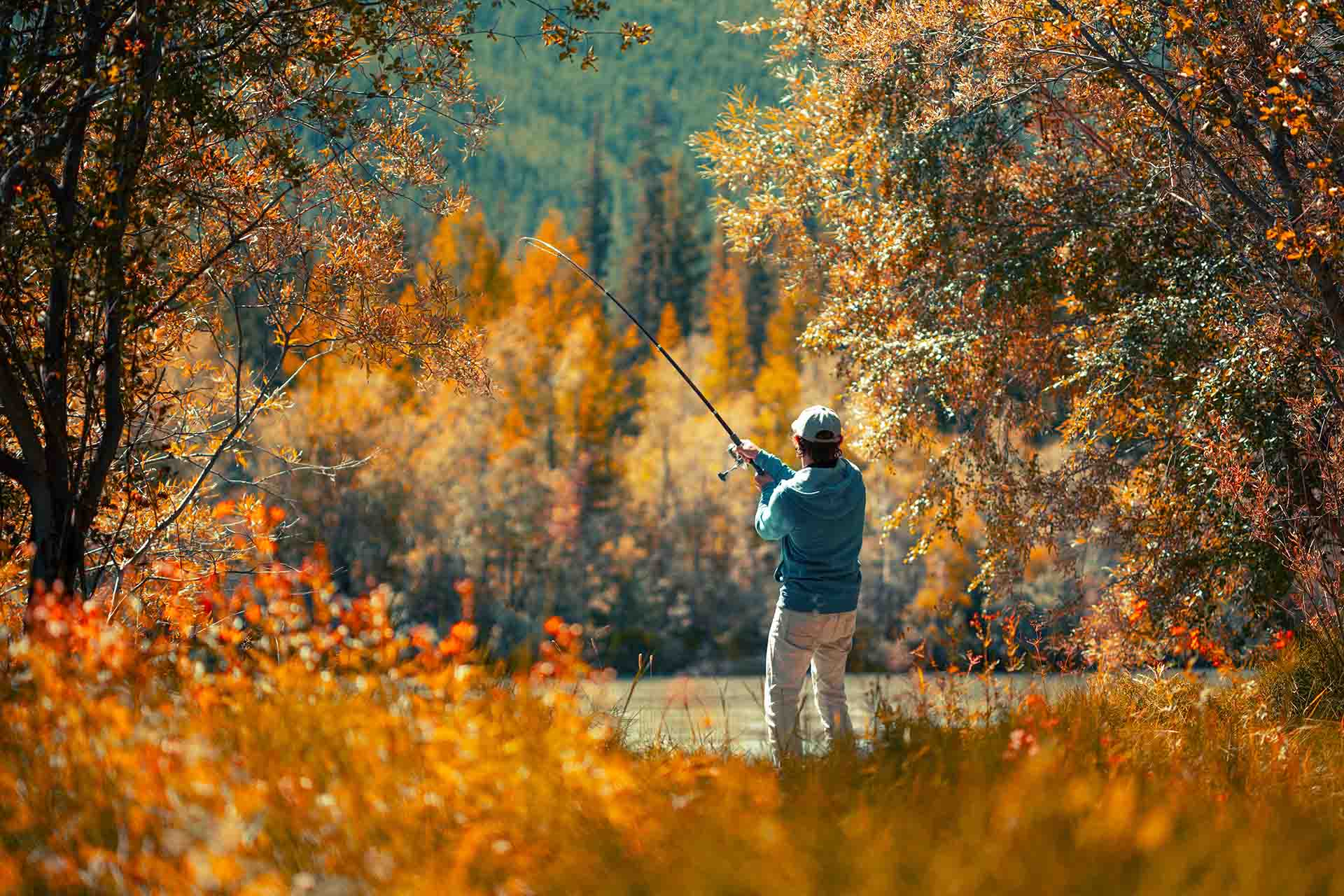
Pouring Fish – What Are the Advantages of Angling in the Rain?
Throwing your fishing line during rain can be a game-changer for anglers, offering numerous advantages, though it’s important to note that not all rainy conditions are created equal. A light drizzle can have a vastly different impact than a heavy downpour. With that in mind, here are the advantages you can work in your favor:
Increased Oxygen Levels and Fish Activity
Rainfall, particularly in warmer weather, can significantly increase oxygen levels in water bodies. For freshwater species, this often leads to increased activity and feeding. But you might be wondering – how does this affect marine species? Do saltwater fish bite in the rain? Well, rainfall can temporarily alter salinity levels near the surface, and some species might find this change difficult to adapt to.
Natural Food Sources Becoming More Abundant
A great advantage is the fact that rainfall brings an influx of natural food sources into aquatic environments. As the rainwater washes insects, worms, and other organic matter into the water, fish are presented with a buffet of feeding options.
This abundance can stimulate some species to feed more aggressively, creating prime conditions for anglers to catch them. This natural baiting process can be particularly effective in areas where they are accustomed to feeding on these rain-washed nutrients.
Reduced Competition for the Most Enduring Anglers
Rainy conditions deter many anglers from venturing out, reducing the competition around popular fishing spots. For those willing to brave the elements, this means less disturbed water and more opportunities to cast your line where your target hasn’t been spooked by heavy human activity.
A Splash of Inconvenience – What Are the Disadvantages of Fishing in the Rain?
While fishing in the rain can offer unique opportunities, it’s not without its challenges and disadvantages. Navigating these less-than-ideal conditions requires preparation and a bit of resilience, as the rainfall can introduce several elements of inconvenience that every angler should be aware of:
Safety Concerns Due to Lightning and Slippery Surfaces
One of the primary concerns is safety, particularly during thunderstorms. Lightning poses a significant risk, especially in open areas like lakes and rivers. Additionally, wet conditions can make surfaces slippery, increasing the risk of falls and injuries. Anglers need to be extra cautious, ensuring they’re wearing appropriate footwear and staying alert to changing weather conditions to avoid accidents.
Visibility Issues for Both Anglers and Fish
Rain-induced murkiness in water bodies can lead to reduced light penetration, which often stimulates increased activity among predator and prey fish. However, it also brings visibility challenges. Your target might become more elusive and wary in these conditions.
On top of that, you might find it difficult to see and handle your fishing rod effectively. It’s a balancing act, as the same conditions that make fish more active can also make them harder to catch.
Changes in Water Levels and Currents
Rainfall can significantly alter water levels and currents, especially in rivers and streams. Rising water levels may lead to stronger currents, which can change the behavior of your target and make angling more difficult. These fluctuations can affect where fish congregate and feed, which means you have to adapt your fishing technique.
Know Your Target – Best Fish to Catch in the Rain
You might be surprised to learn that many common freshwater species become more active and easier to catch during light drizzles. If you’re familiar with creatures like the grass carp on sunny days, luring them in during rainfall can offer a new experience. It’s also an excellent opportunity to test your skills and adaptability. These experiences are what create a pro out of a beginner angler.
Let’s take a look at some popular species and what you can expect from each one:
| Species | Behavior Changes |
|---|---|
| Carp | Tend to feed more at the surface and along the banks |
| Catfish | Become more active, especially in murkier waters |
| Trout | More likely to feed on insects washed into the water |
| Smallmouth | Increase in surface-feeding activity |
| Walleye | Often move to shallower waters to feed |
A Feeding Frenzy Is Possible Only With the Right Bait and Lures
All the knowledge about behavior and technique adjustments can go to waste if your tackle box isn’t equipped with the appropriate items. The choice of fresh bait should be carefully considered based on the species you’re targeting and their specific feeding habits. Also, think about the insects and natural food sources in your location. Since these can guide you toward the most effective wait.
This rings true for artificial lures as well. Here, the decreased visibility in rainy conditions can work to your advantage. Your target is less likely to scrutinize your lures as closely as they might in clearer conditions, allowing for more leeway in your selection.
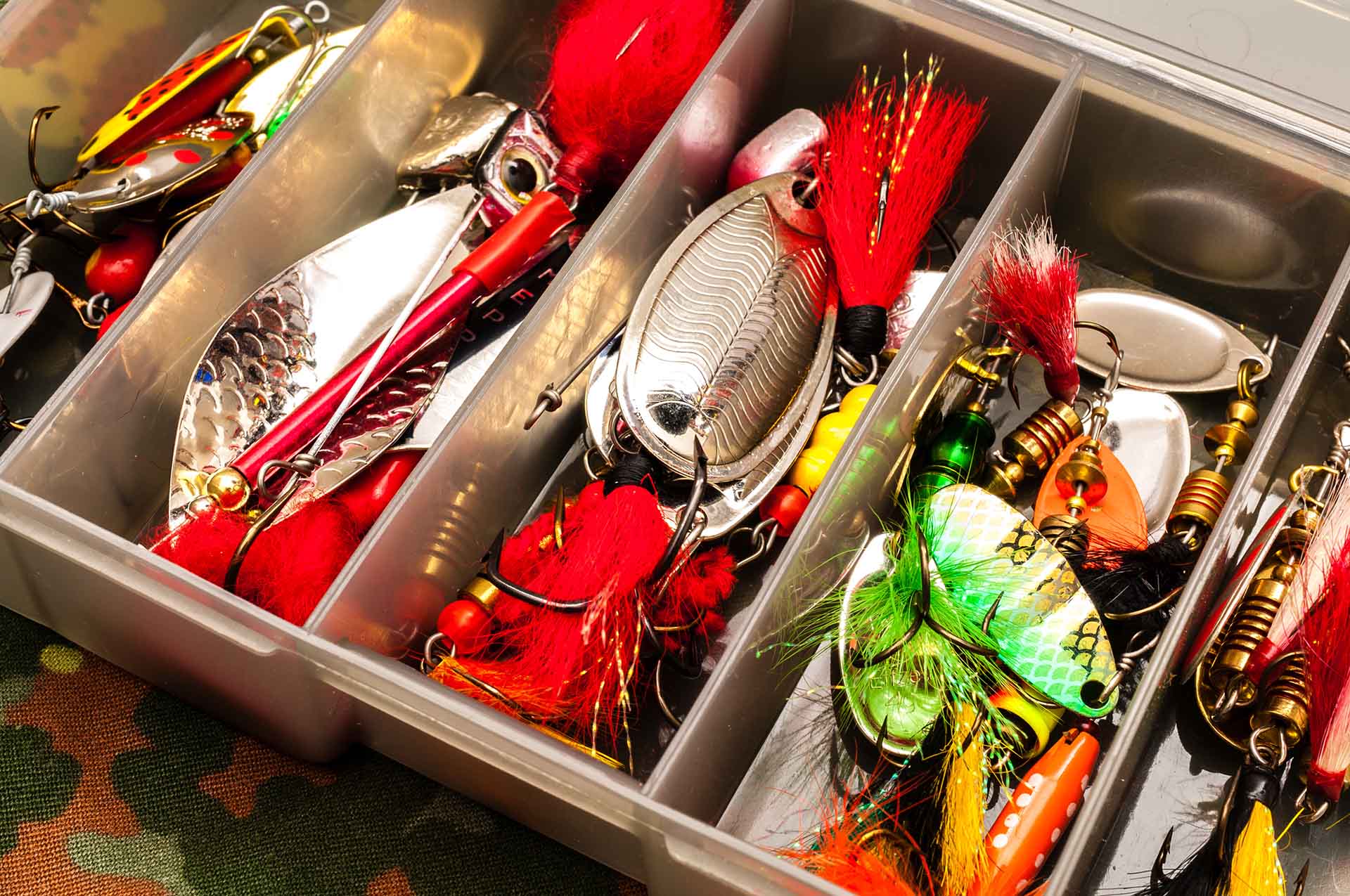
Gear Up – What Is the Essential Equipment for Rainy Day Fishing?
Besides the right bait and lure, the importance of sturdy equipment cannot be overstated. A robust fishing rod paired with a high-quality spinning reel should do the trick. Look for pieces made from durable materials, preferably with anti-corrosive properties, to protect your gear from the elements. The specific length, action, and power should be tailored to the species you are targeting, ensuring you have the right balance of sensitivity and strength to handle your catch.
Beyond the fishing tackle, proper clothing and gear are vital for comfort and safety. Here are a few additional gear suggestions:
- Lightweight waterproof jacket and pants to keep you dry,
- Non-slip boots for maintaining footing on wet surfaces,
- A waterproof hat to keep the raindrops off your face,
- A dry bag to keep your essentials like phone, wallet, and keys dry,
- Fishing gloves for better grip and protection for your hands.
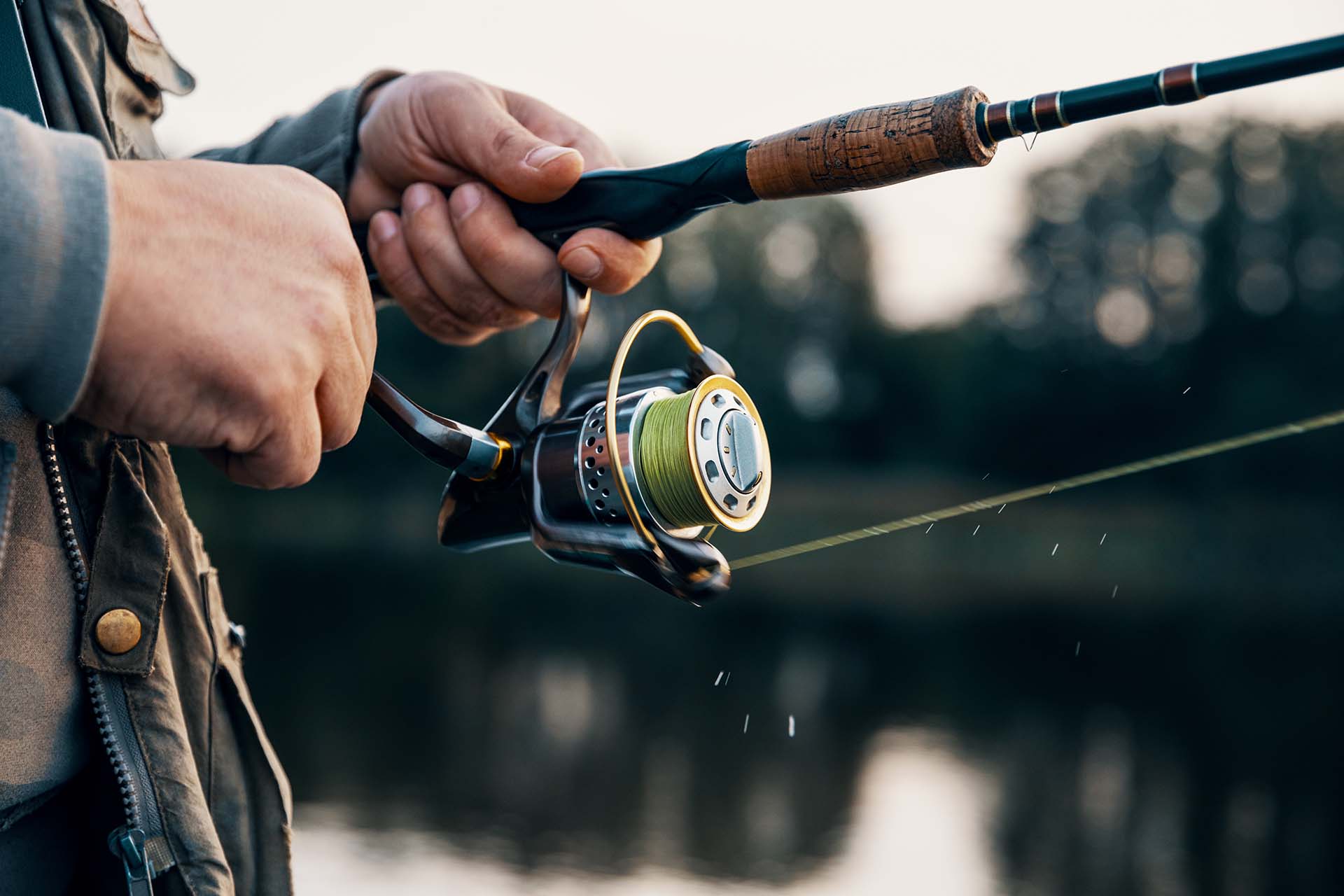
When It Rains, It Pours – Effective Fishing Techniques During Rainfall
Whatever the weather’s like, adjusting your techniques is always the key to success. When it comes to rainfall, using brighter or more vibrant lures in murkier waters can help attract your target. Also, consider slowing down your retrieve to give fish more time to locate your bait. Pay attention to areas where rainwater enters the lake or river. Since these can be hotspots thanks to the influx of natural food sources.
Angling Right After a Rainfall Can Also Be Really Effective
Casting your fishing rod immediately after a rainfall can be particularly productive. As the rain subsides, the water often begins to clear up, but the benefits of the rain – like increased oxygen levels and an abundance of food – still linger.
Pay close attention to areas where the water has just receded, as fish often explore these newly flooded margins for food. This window of opportunity can be short but incredibly rewarding for those ready to take advantage of it.
Last but Not Least – Make Sure You Stay Safe Out There on the Water
When dealing with unpredictable weather, staying informed about the forecast is crucial. Sudden changes, particularly the onset of thunderstorms, can pose serious risks, so make sure you always check the weather conditions before you leave. And if you find yourself on the water and notice darkening clouds or hear distant thunder, it’s wise to go back home and save your trip for another day.
Safety on the water also means being prepared for emergencies. Always have a well-stocked first aid kit within easy reach. This should include items to address minor injuries, like cuts or hook injuries, as well as more serious situations. In addition to the first aid kit, familiarize yourself with basic emergency procedures and ensure that you have a means of communication. For example, a fully charged mobile phone in a waterproof case or a VHF radio.
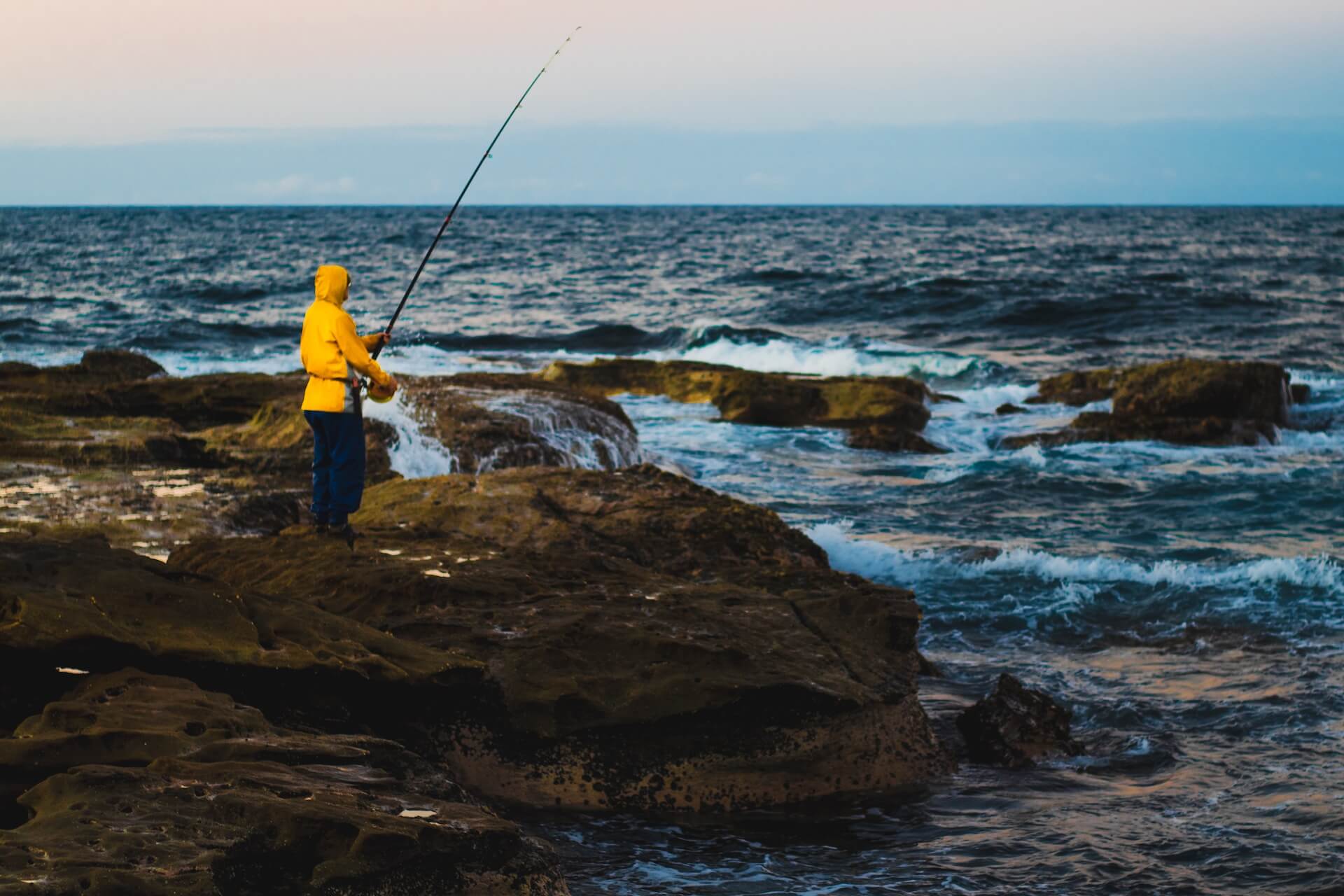
Don’t Let a Little Rain Dampen Your Reel Fun!
In conclusion, fishing in the rain can be an exciting and fruitful adventure packed with unique challenges and opportunities. By choosing the right gear, adapting your techniques, and staying aware of safety precautions, you can turn a rainy day into an angler’s dream. Remember, some of the best fishing stories are born under cloudy skies. So don’t let a few drops scare you off. Instead, embrace the drizzle, gear up, and get ready to hook some of the most active creatures you’ll encounter. Stay safe and dry!

